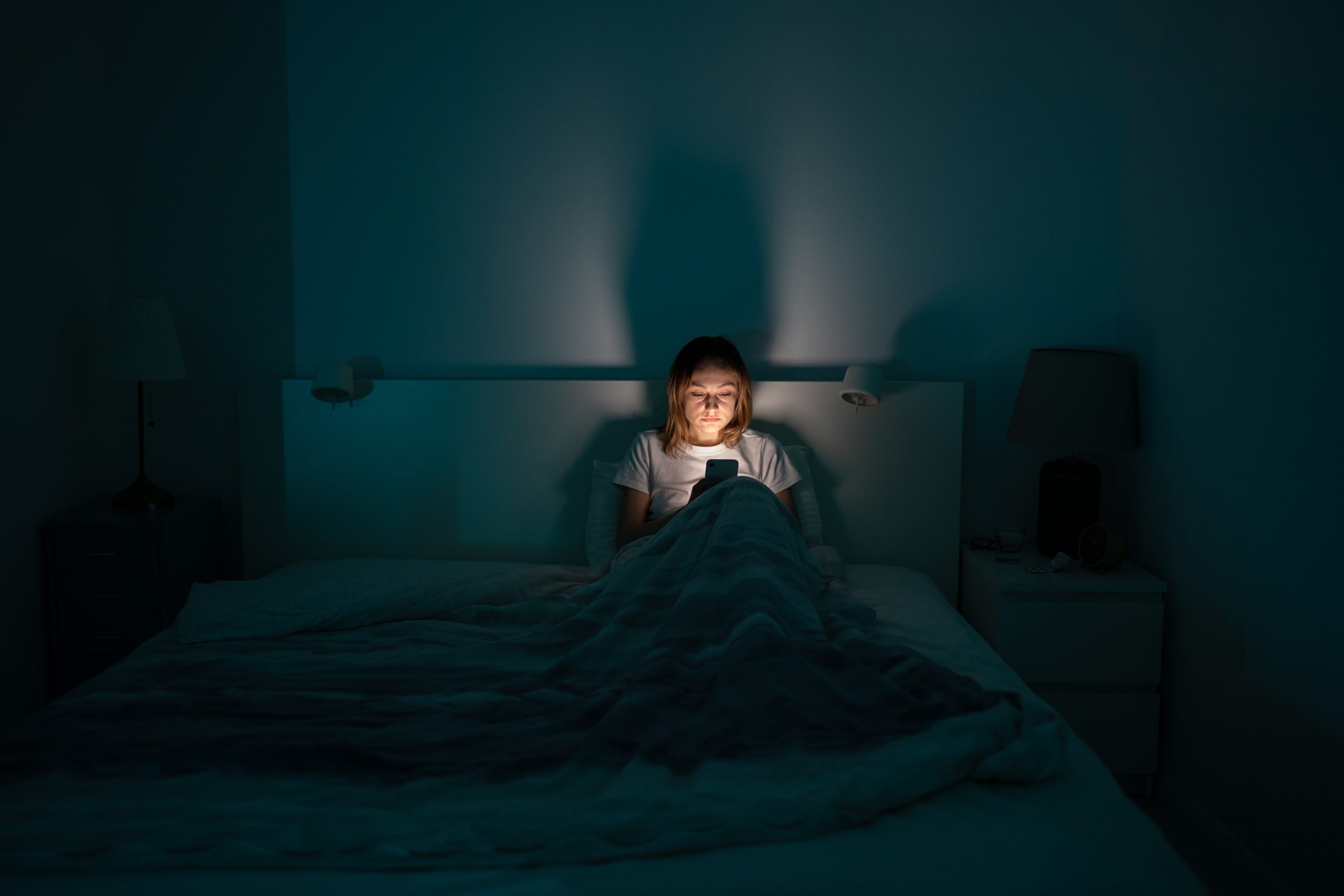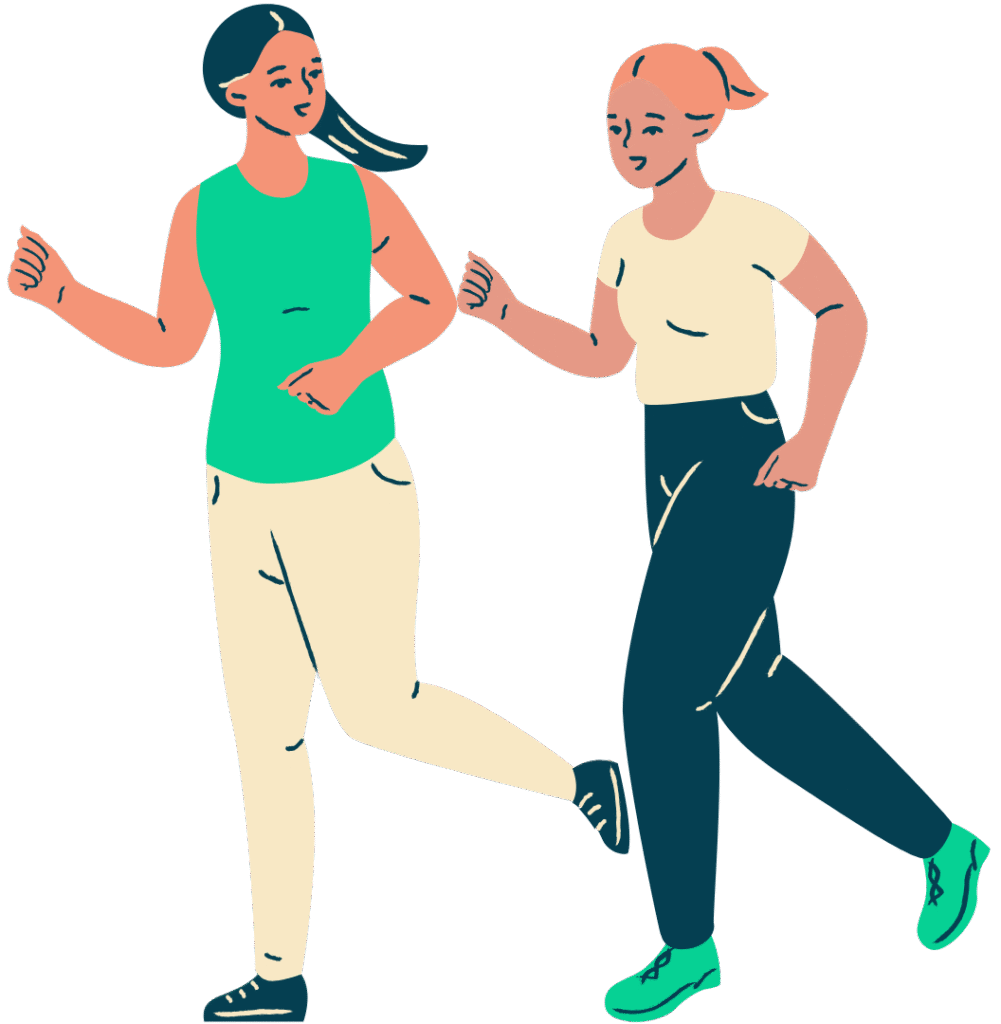One hour of scrolling your phone under LED lights at midnight could be sabotaging your brain’s wiring in ways science is only now beginning to grasp.
Quick Take
- Artificial light at night, especially blue light from screens and LEDs, disrupts the brain’s natural rhythms
- Experts warn that nighttime light exposure doesn’t just ruin sleep—it can “rewire” cognitive and emotional functions
- Emerging research links ALAN to elevated risks for metabolic disorders, mental health issues, and even some cancers
- Tech and lighting industries face growing pressure to address mounting public health concerns
The Great Light Shift: From Candle to Circuit
Humanity’s relationship with darkness was upended in the early 20th century. For millennia, sunset signaled a biological wind-down as circadian clocks synchronized to natural light cycles. Electric lighting invaded homes, workplaces, and streets, then digital screens became omnipresent by the 2000s. The latest shift swapped warm incandescent bulbs for blue-rich LEDs—amplifying the wavelength most potent in disrupting our natural sleep-wake cycles. Cities glow day and night, shift workers and night owls bathe in artificial luminosity, and even bedrooms have become miniature control centers of screens and smart bulbs.
Dr. Randy Nelson of West Virginia University sounded the alarm in 2024: artificial light after dark (ALAN) does more than hinder sleep—it fundamentally alters brain function. This isn’t just about grogginess or insomnia. The exposure, especially to blue light, “rewires” neural pathways responsible for cognition, mood, and even the body’s ability to regulate hormones and metabolism. Historical context shows a steep rise in night light exposure, but modern research reveals the scope of neurological disruption is much greater than previously believed.
Blue Light’s Double-Edged Sword: Alertness by Day, Chaos by Night
Blue light is not inherently evil. Daytime exposure boosts alertness, reaction time, and mood. But after sunset, blue light from screens and LEDs tricks the brain into believing it’s still daylight. Melatonin production plummets, circadian clocks misfire, and the brain’s normal overnight “maintenance” is derailed. The Cleveland Clinic and Harvard Medical School confirm that these effects extend to impaired memory, increased anxiety, and heightened risk for chronic disease. The brain’s wiring—its synaptic connections and chemical signals—is vulnerable to repeated nighttime light exposure, especially in urban populations and heavy device users.
Studies show that shift workers and city dwellers, exposed to chronic ALAN, exhibit altered brainwave patterns, increased stress hormones, and reduced neuroplasticity. Adolescents and young adults, whose brains are still developing, face particular risks. Epidemiological data links nighttime light pollution and screen use to higher rates of depression, obesity, and even certain cancers. While the full causal pathways are being mapped, consensus grows that blue light is a public health threat when misused after dark.
Emerging Warnings: From Sleep Loss to Brain “Rewiring”
Dr. Nelson and other circadian experts now warn that ALAN may “rewire” the brain’s circuitry at a fundamental level. Beyond sleep loss, there are alterations in cognitive processing, emotional regulation, and decision-making. Harvard’s Dr. Charles Czeisler emphasizes that nighttime light exposure distorts the biological clock, with cascading effects on every organ system. Mental health professionals report rising cases of anxiety, mood disorders, and attention problems tied to screen use and light pollution. The neuroscience is clear: disrupting natural darkness can change the way brains work—sometimes permanently.
Public health agencies begin to advocate “light hygiene”—reducing blue light exposure at night, using filters, and rethinking urban lighting. Lighting and tech industries face scrutiny: can they develop products that balance convenience with safety? Clinical guidelines shift, encouraging patients to power down devices hours before bed and use warmer lights in the evening. The CDC and WHO weigh regulatory options, while city planners debate how to tame urban light pollution. Most importantly, individuals are urged to reclaim darkness as a critical component of health.
Long-Term Consequences: Chronic Disease, Mental Health, and the Tech Reckoning
Short-term consequences of ALAN include poor sleep, fatigue, and digital eye strain. Long-term exposure raises stakes: increased risk for diabetes, obesity, and even neurodegenerative diseases. Harvard Health and Cleveland Clinic cite mounting evidence that chronic nighttime light exposure accelerates aging, impairs memory, and aggravates mood disorders. The economic impact is substantial, driving up healthcare costs and fueling debates about technology’s role in modern life. Lighting and tech industries may face regulatory mandates, and urban planning will likely incorporate light pollution controls.
Consensus among leading medical and scientific authorities is now clear—protecting brains from artificial light after dark is essential for public health. While some industry voices tout the benefits of blue light for daytime alertness, the risks of nighttime exposure are no longer ignorable. Ongoing research will refine our understanding, but the imperative is immediate: reclaiming darkness is not nostalgia, it’s neuroscience and common sense.
Sources:
Artificial Light at Night and the Brain – PMC
Is Blue Light Dangerous? – MyEye2Eye
What Is Blue Light? – Cleveland Clinic
How Light Exposure Impacts Neurological Health – Lone Star Neurology








